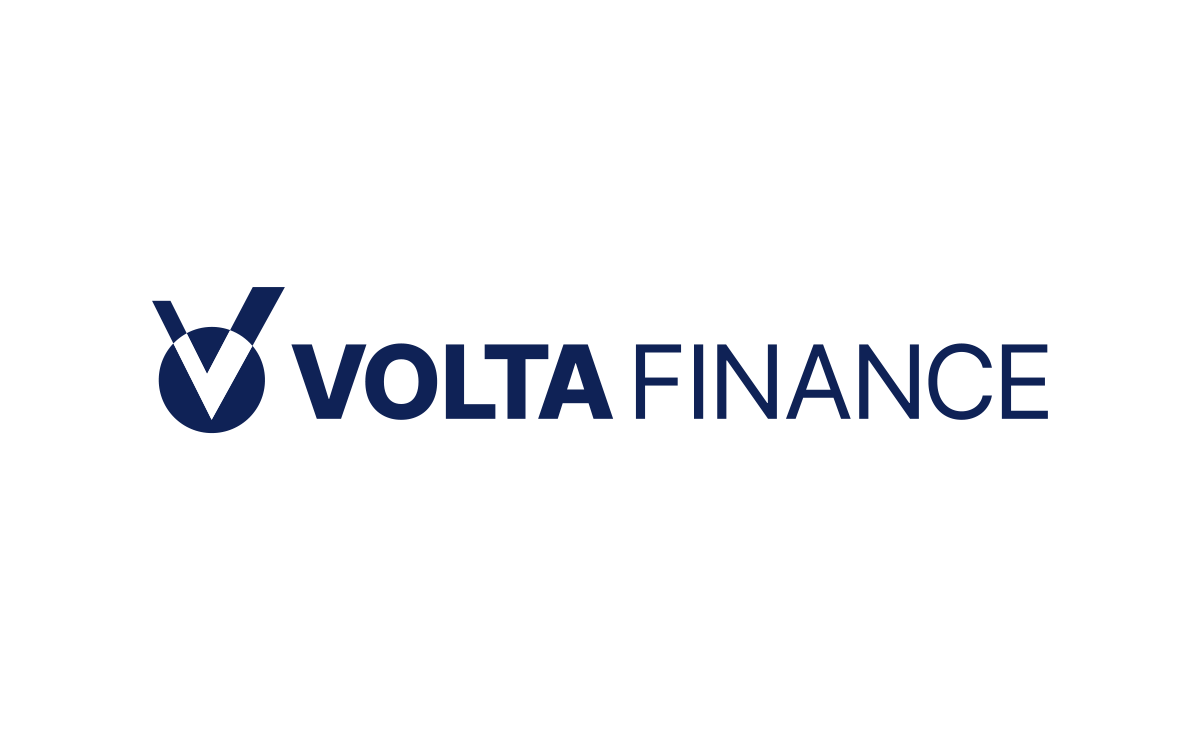Uber Technologies, Inc. (NYSE: UBER), a dominant player in the technology sector, continues to capture investor interest with its robust market presence and promising growth metrics. With a market capitalization of $184.57 billion, Uber is a key player in the software application industry, leveraging its technology to revolutionize mobility, delivery, and freight services globally.
Currently trading at $88.26, Uber’s stock has experienced a minimal price change of -0.01%, reflecting a stable market position. The stock’s performance over the past 52 weeks has ranged from $58.48 to $92.46, indicating substantial growth potential and volatility that can appeal to risk-tolerant investors.
One of Uber’s standout performance metrics is its impressive revenue growth of 13.80%, showcasing the company’s ability to expand its market share and enhance its service offerings. Additionally, Uber’s return on equity stands at a remarkable 69.38%, reflecting efficient management and robust profitability, even as traditional valuation metrics like P/E and PEG remain unavailable.
Despite the absence of a dividend yield, Uber’s strong free cash flow of over $5.42 billion underscores the company’s financial health and capacity to reinvest in growth opportunities. This aligns with its strategic focus on expanding its service segments, including Mobility, Delivery, and Freight, catering to diverse consumer needs from ridesharing to logistics.
Investor sentiment towards Uber is predominantly positive, with 44 buy ratings, 10 hold ratings, and no sell ratings. Analysts have set a target price range of $76.00 to $115.00, with an average target of $95.95, suggesting a potential upside of 8.72%. This bullish outlook reflects confidence in Uber’s strategic initiatives and market positioning.
Technical indicators further bolster Uber’s growth narrative. The stock trades above both its 50-day and 200-day moving averages, at $78.89 and $73.55 respectively, signaling a strong upward trend. An RSI of 66.38 suggests that the stock is approaching overbought territory, but remains attractive for momentum investors. The MACD at 3.10, below the signal line of 3.61, could indicate a near-term consolidation phase, providing a potential entry point for discerning investors.
Uber Technologies’ comprehensive approach to integrating technology with consumer services across multiple domains positions it as a versatile and resilient player in the global market. As it continues to innovate and expand its digital marketplace offerings, Uber remains a compelling stock for investors seeking exposure to the dynamic intersection of technology and consumer services.








































